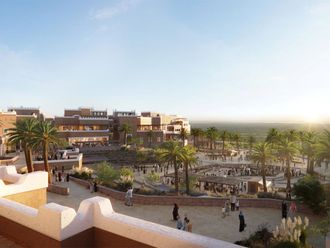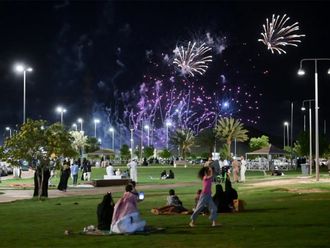Dubai: Hotels in the Middle East and Africa (Mea) region recorded a 4.2 per cent decline in occupancy in September, according to the latest STR Global report.
Occupancy dropped to 58.1 per cent in September over the same period last year, while average daily rate (ADR-a benchmark for performance) was up 7 per cent to $145.81 (Dh535.5), and revenue per available room (RevPAR) increased by 2.5 per cent to stand at $84.78, the report showed.
Meanwhile, occupancy across regional hotels climbed 1.7 per cent to 60.5 per cent year-to-date, while ADR rose 3.3 per cent to $160.82, and RevPAR increased by 5.1 per cent $97.35 for the same time.
“Year to date, the Middle East is the only sub-region reporting positive results across all key performance indicators when measured in US dollar terms,” Elizabeth Winkle, managing director of STR Global said in the report.
In the UAE, occupancy rose 10 per cent to 72.9, while ADR was up 4 per cent to Dh615.37, and RevPAR increased by 14.4 per cent to Dh448.57 in September over the corresponding time last year, as per the report.
Dubai, Doha, Jeddah and Muscat saw double-digit increases in RevPAR for the same month over the same period last year, with 16.9 per cent, 14.9 per cent, 13.1 per cent, and 10.3 per cent, respectively.
Over in Abu Dhabi, occupancy was up 12.5 per cent to 67.4 per cent.
Meanwhile, Cairo hotels reported the biggest decreases in occupancy and RevPAR, falling 52.8 per cent to 24.7 per cent and down 57.7 per cent to $23.71, respectively.
The previous month also demonstrated positive results for hotels in the UAE, according to the latest report by Ernst and Young (EY).
Overall average occupancy was up 7.8 per cent to 69.9 per cent in Dubai, and increased by 4 per cent to 66 per cent in Abu Dhabi for August over the same period a year ago, as per the report.
Meanwhile, ADR was up 11.7 per cent in Dubai, and rose 13.5 per cent in Abu Dhabi for the same month, while RevPAR climbed 25.8 per cent and increased by 19.6 per cent, respectively.
“Although the summer months are generally considered the low season, the occasion of Eid Al Fitr helped improve occupancy rates, particularly in markets with favourable tourist attractions,” Yousef Wahbah, head of transaction for real estate at EY for Mena said in the report.












